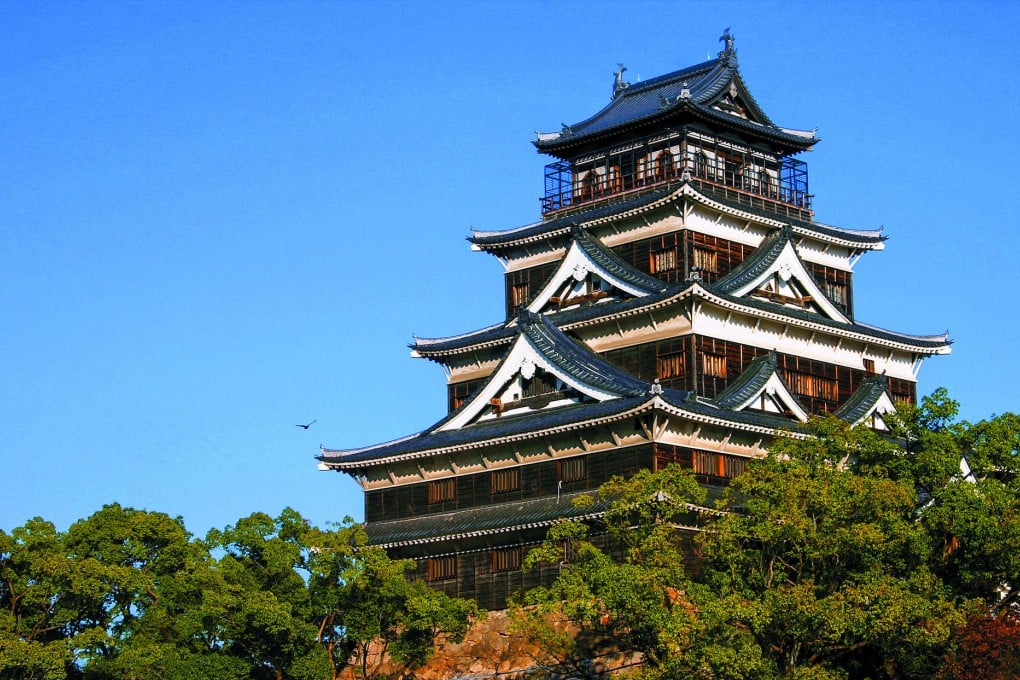Hiroshima: an open secret
Hiroshima's three major parks form a lush wonderland 'where water, green and art intersect', writes Steve John Powell. Pictures by Angeles Marin Cabello.

"It's Tokyo minus the stress," is how the southwestern Japanese city of Hiroshima has been described. So, what's its secret? Well, its six rivers certainly help but Hiroshima's real stress-busting powers lie in its unique open spaces.
Explorer and art historian Langdon Warner (the inspiration for Steven Spielberg's Indiana Jones character) imbued Japanese gardens with spiritual symbolism. They were designed, wrote Warner, to "express the highest truths of religion and philosophy precisely as other civilisations have made use of the arts of literature and painting".
You'll see what he meant if you happen upon some of the tiny gardens tucked away beside Hiroshima's temples that most tourists never get to see. Such as that at the intimate Seiganji, exquisitely designed with the economy typical of all Zen art: a little pond, a maple, a stone lantern or two, some shrubs. Its message is clear: this garden is intended for meditation, not walking round or playing in.
Then there's the dry-stone mindscape at Saizoji temple: meticulously raked white gravel and enigmatic islands of rock. But what exactly do they represent? Zen expert D.T. Suzuki maintained that Japanese gardens express the spirit of Zen. "It's not something you can explain," explains Saizoji's Buddhist priest. "You have to experience it." Ah, but of course.
Hiroshima's green spaces come in two types: traditional Zen-influenced landscape gardens and parklands.
